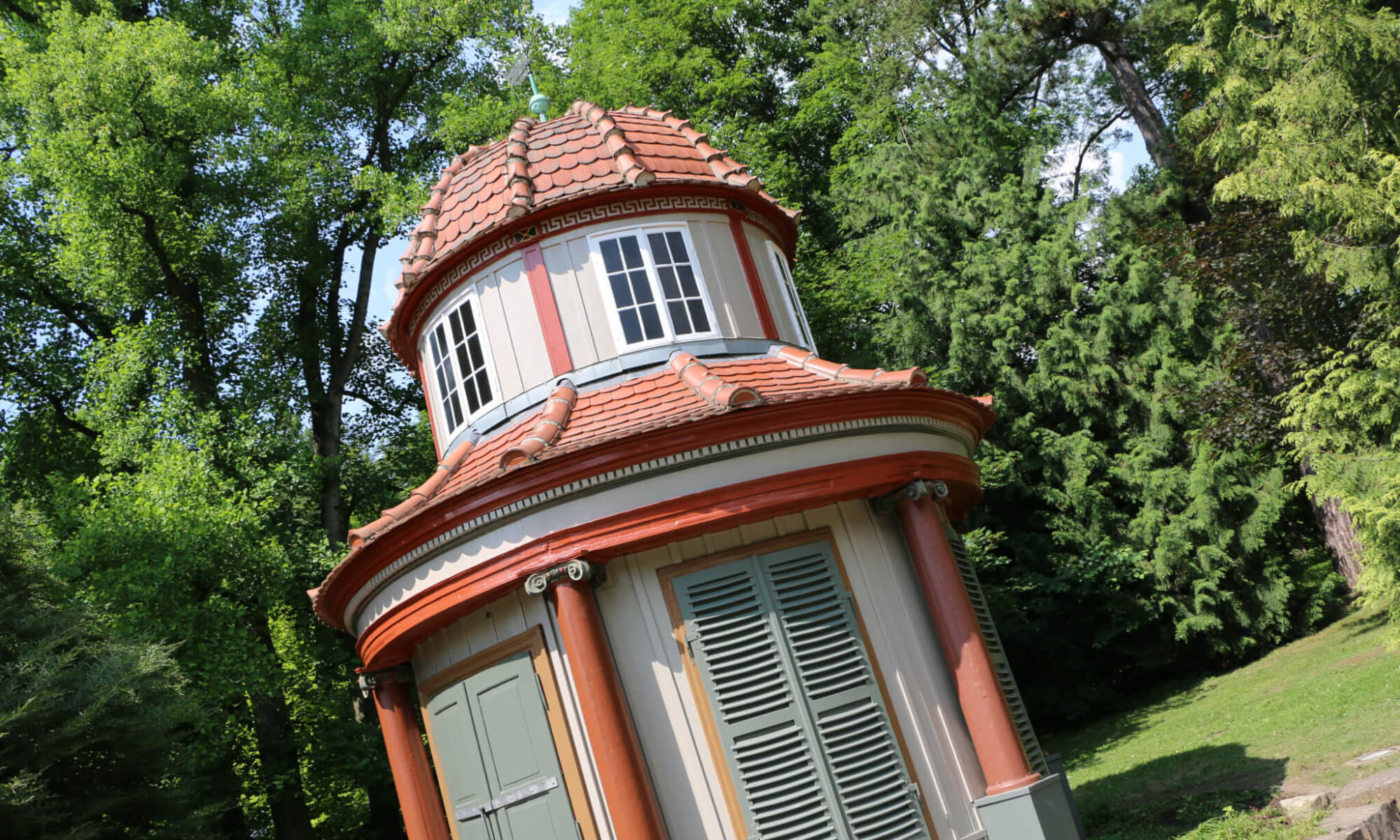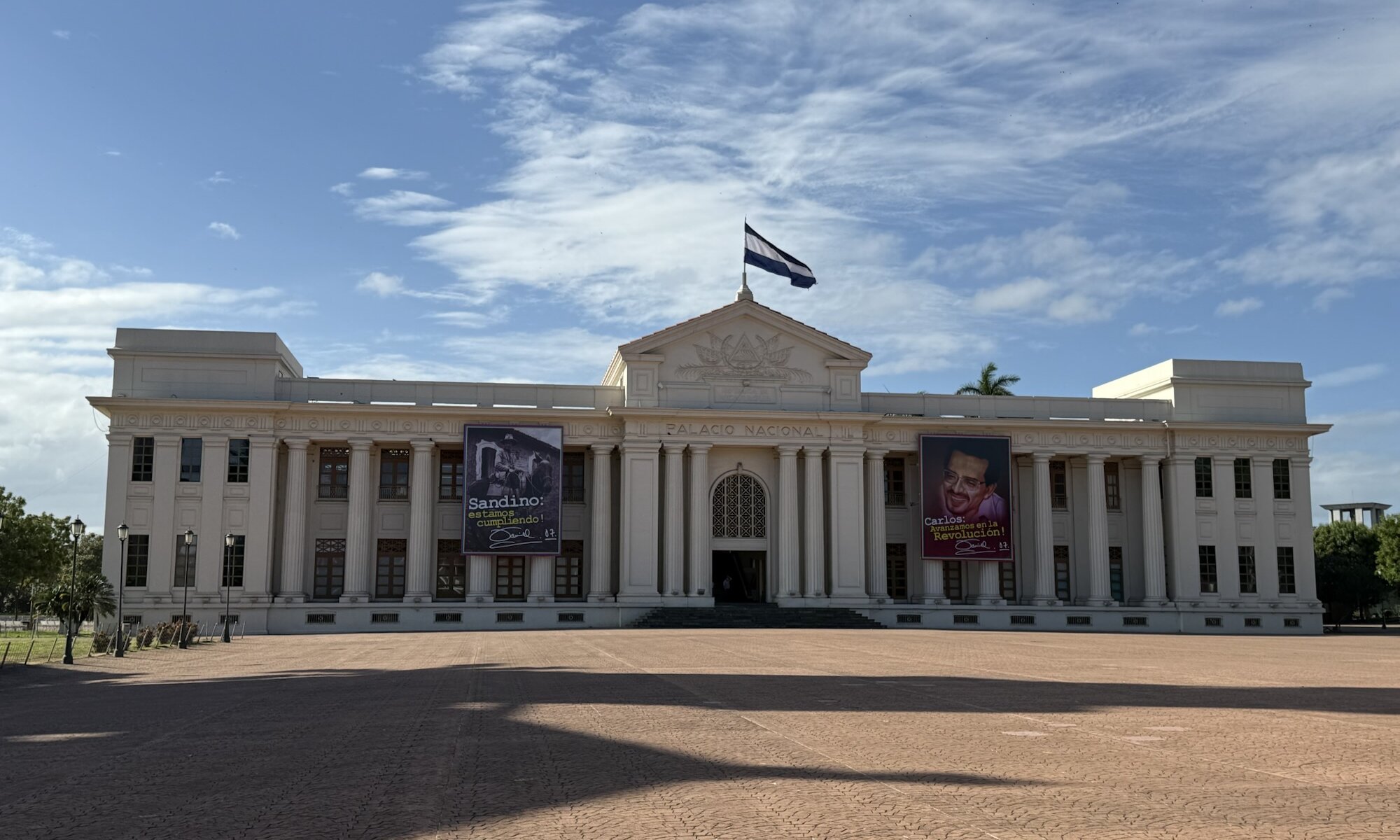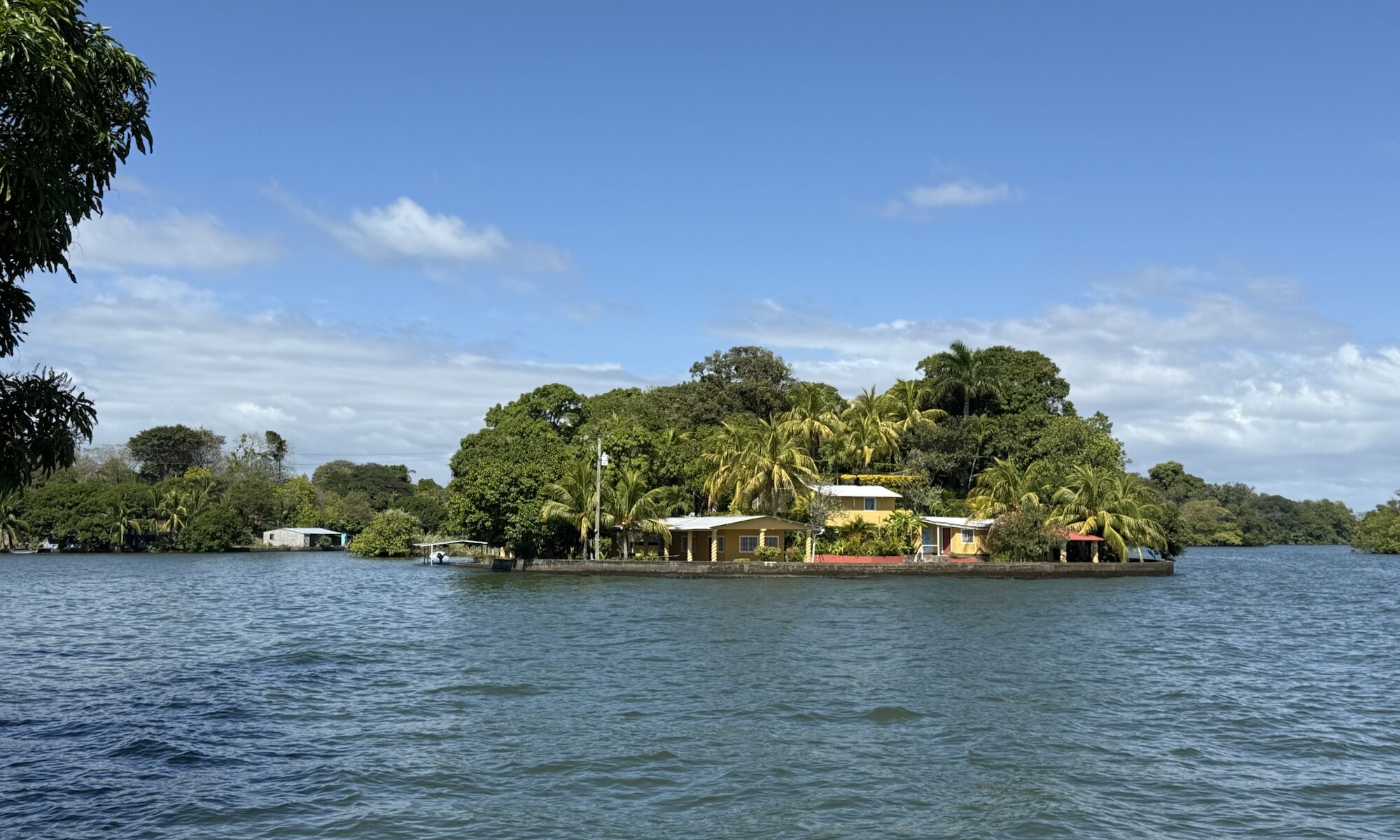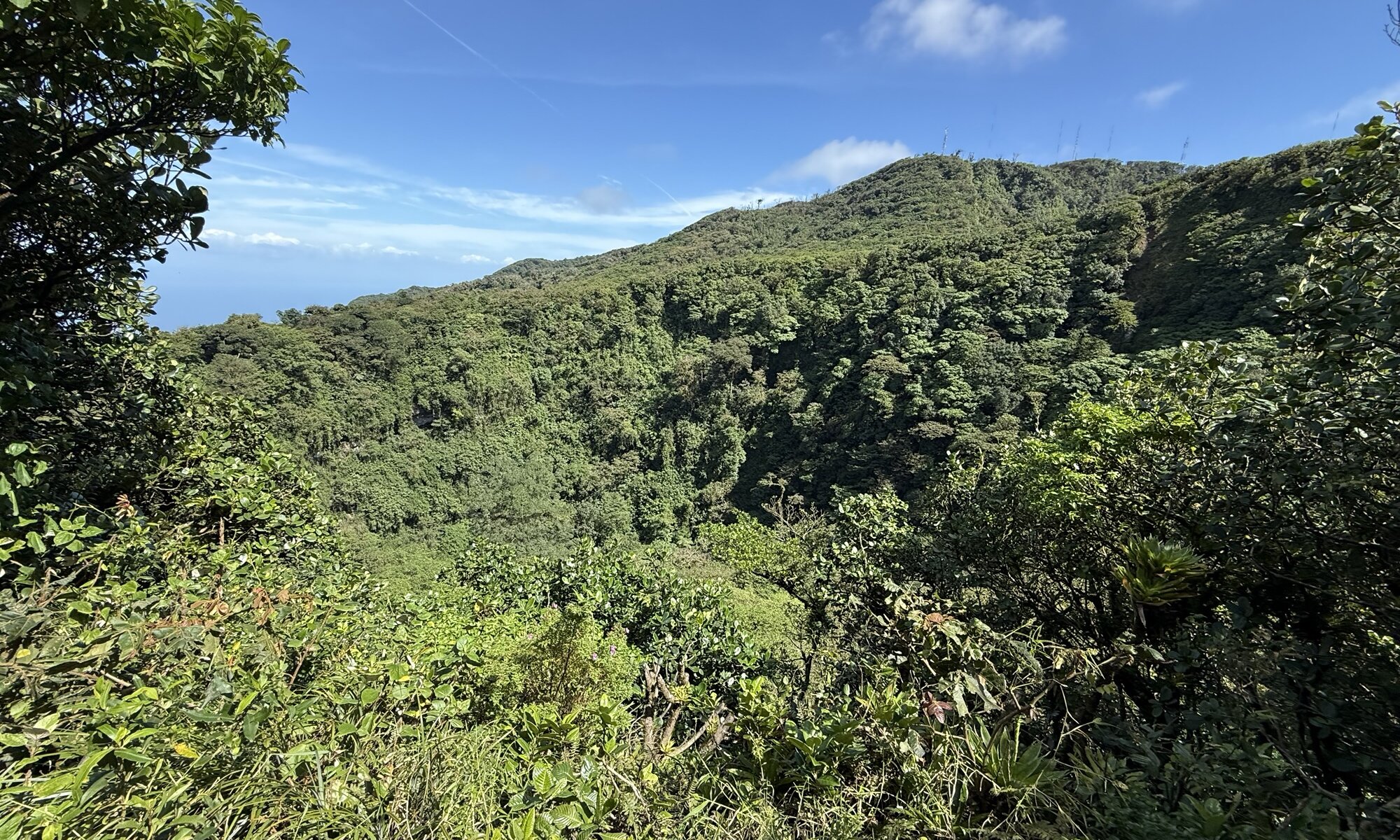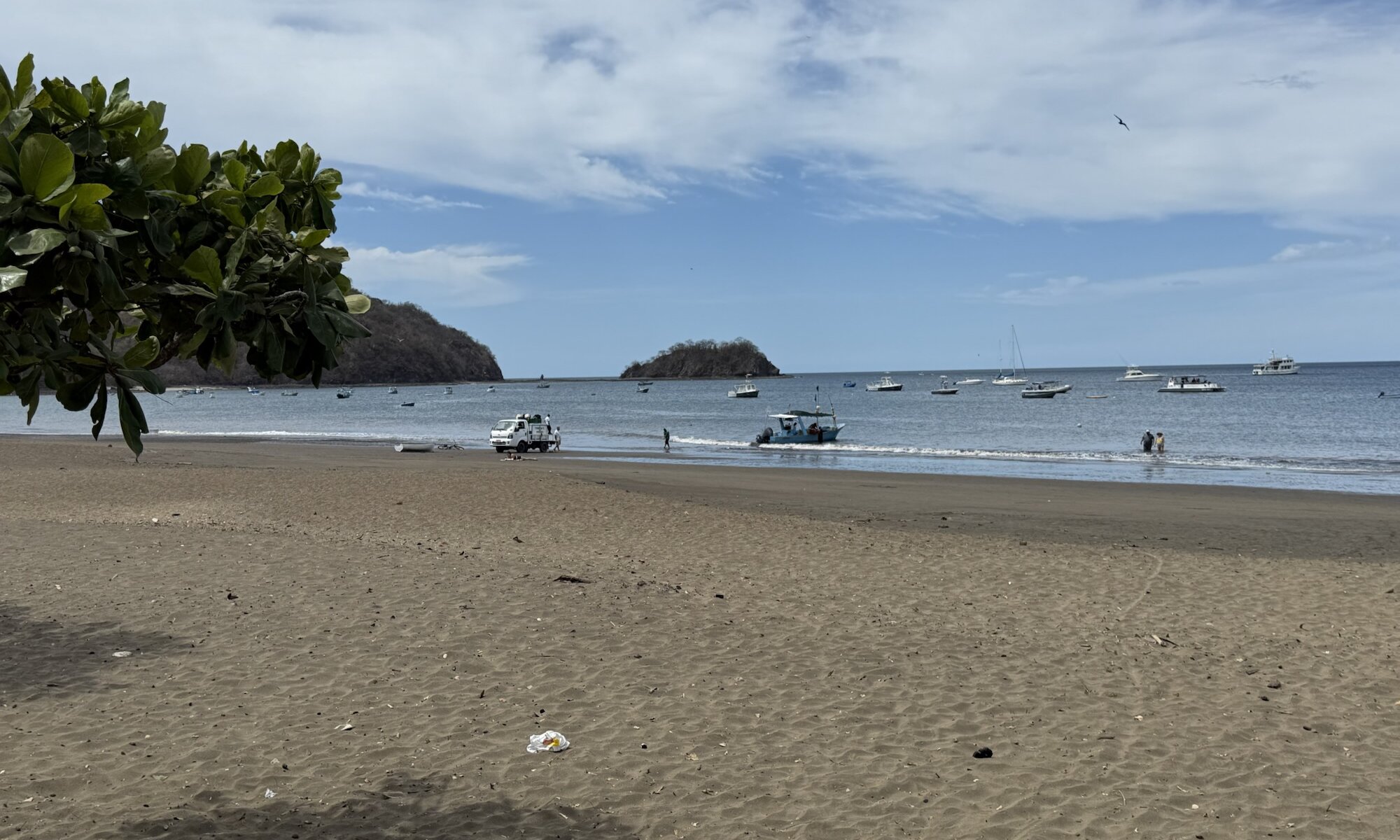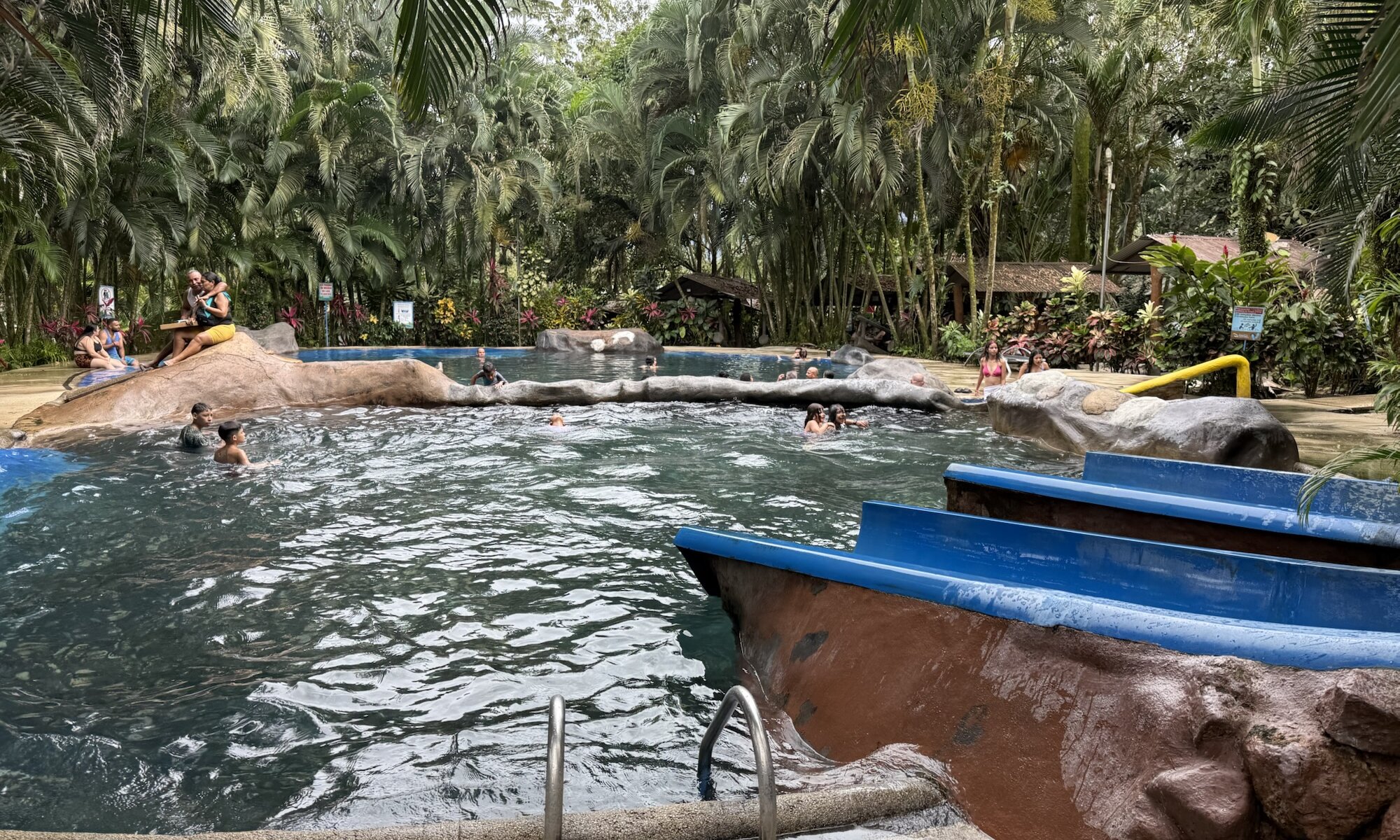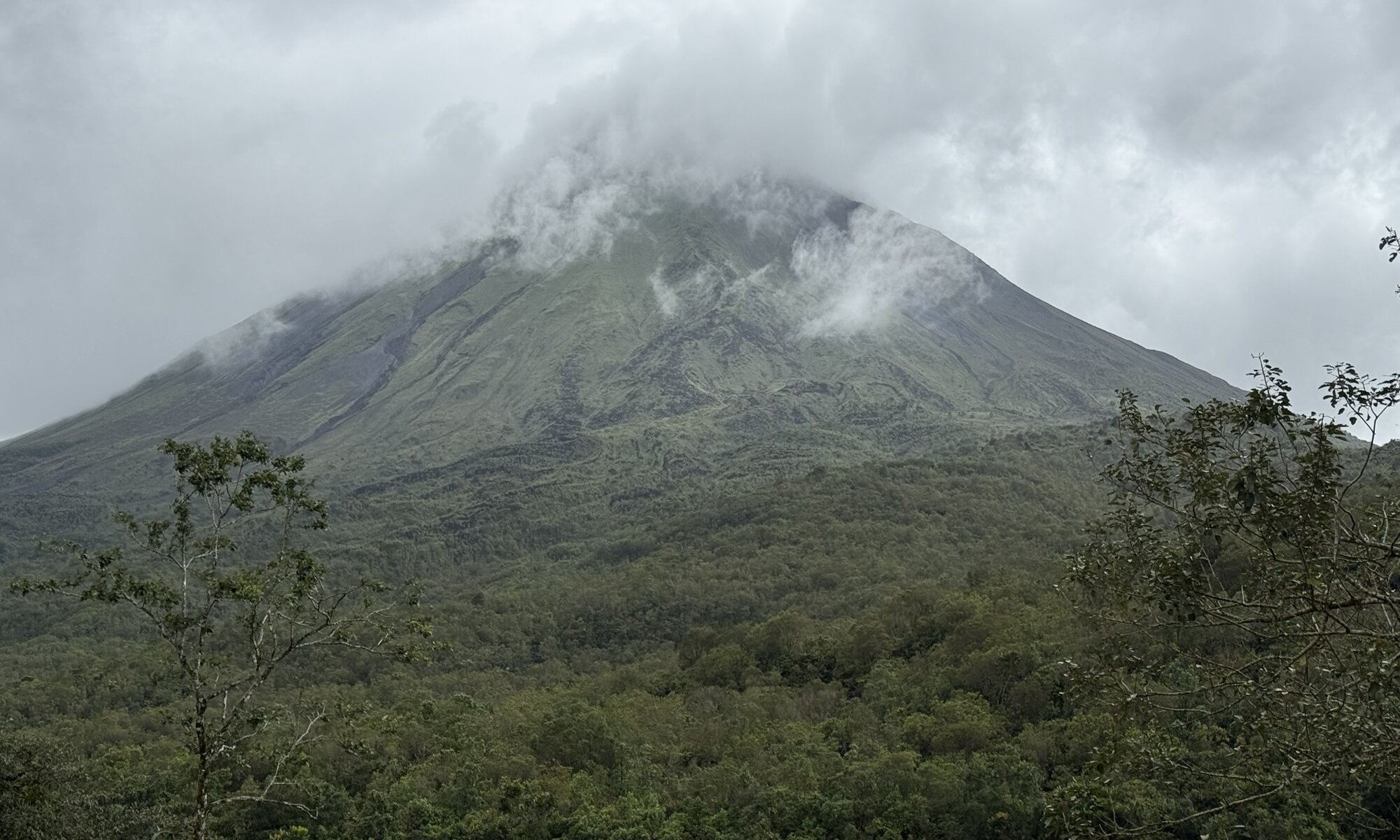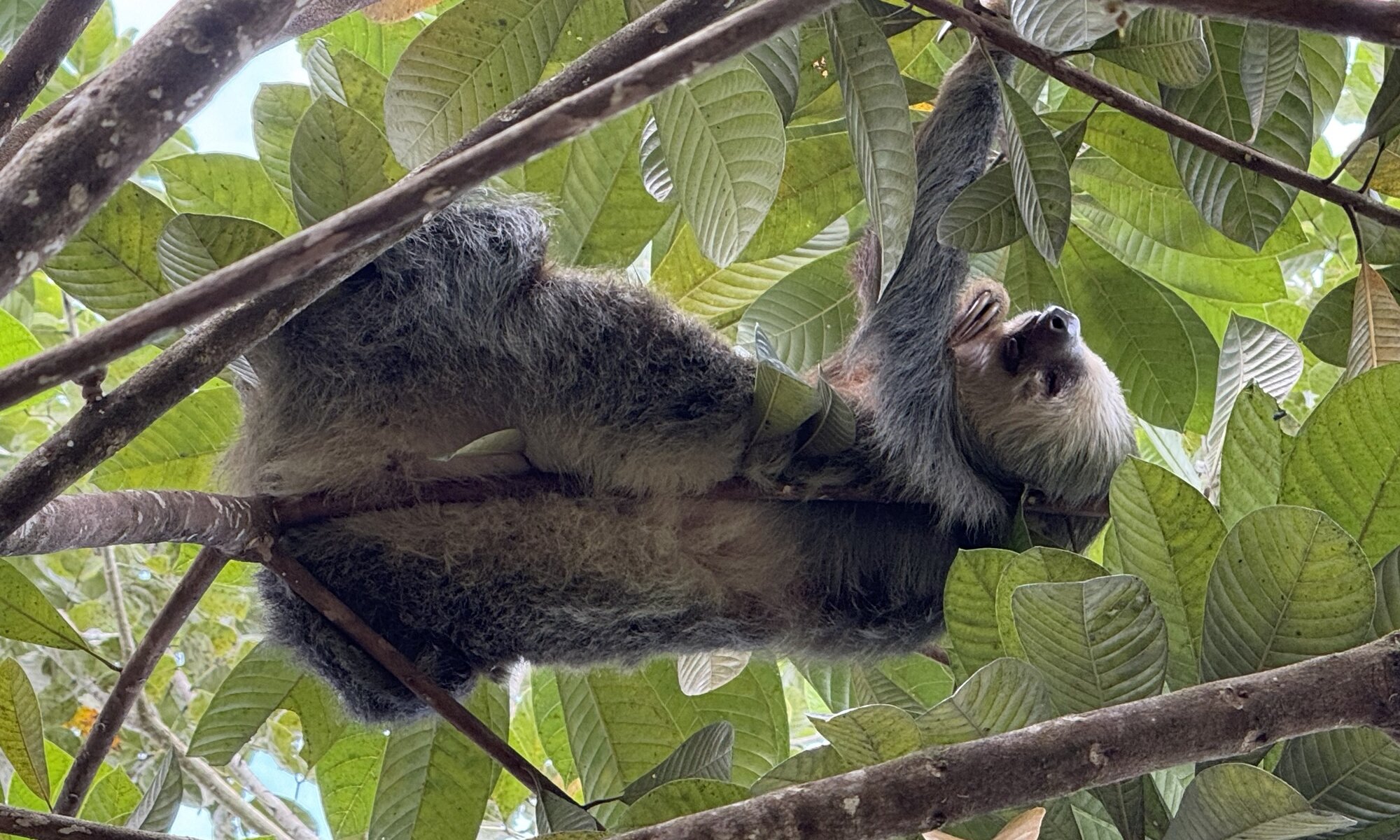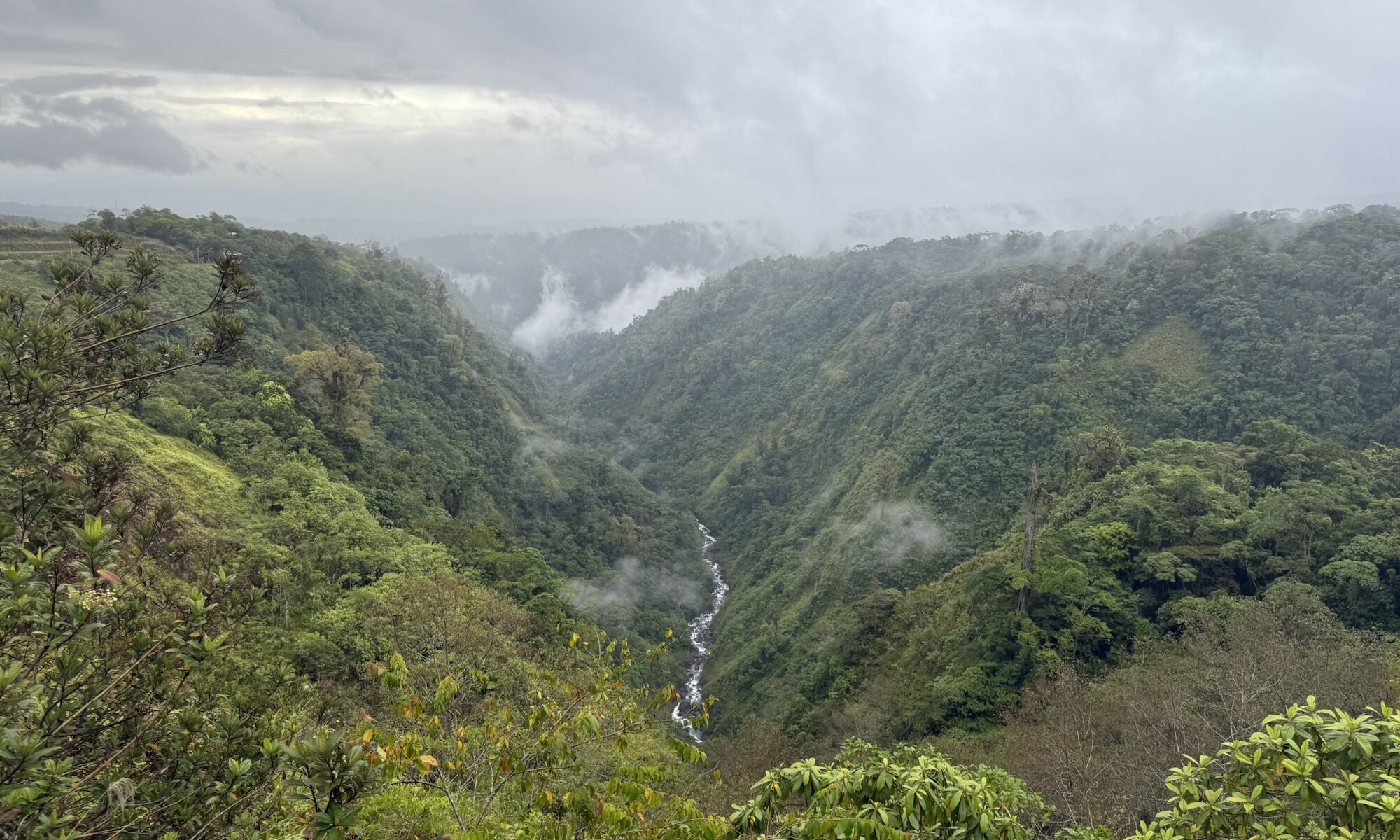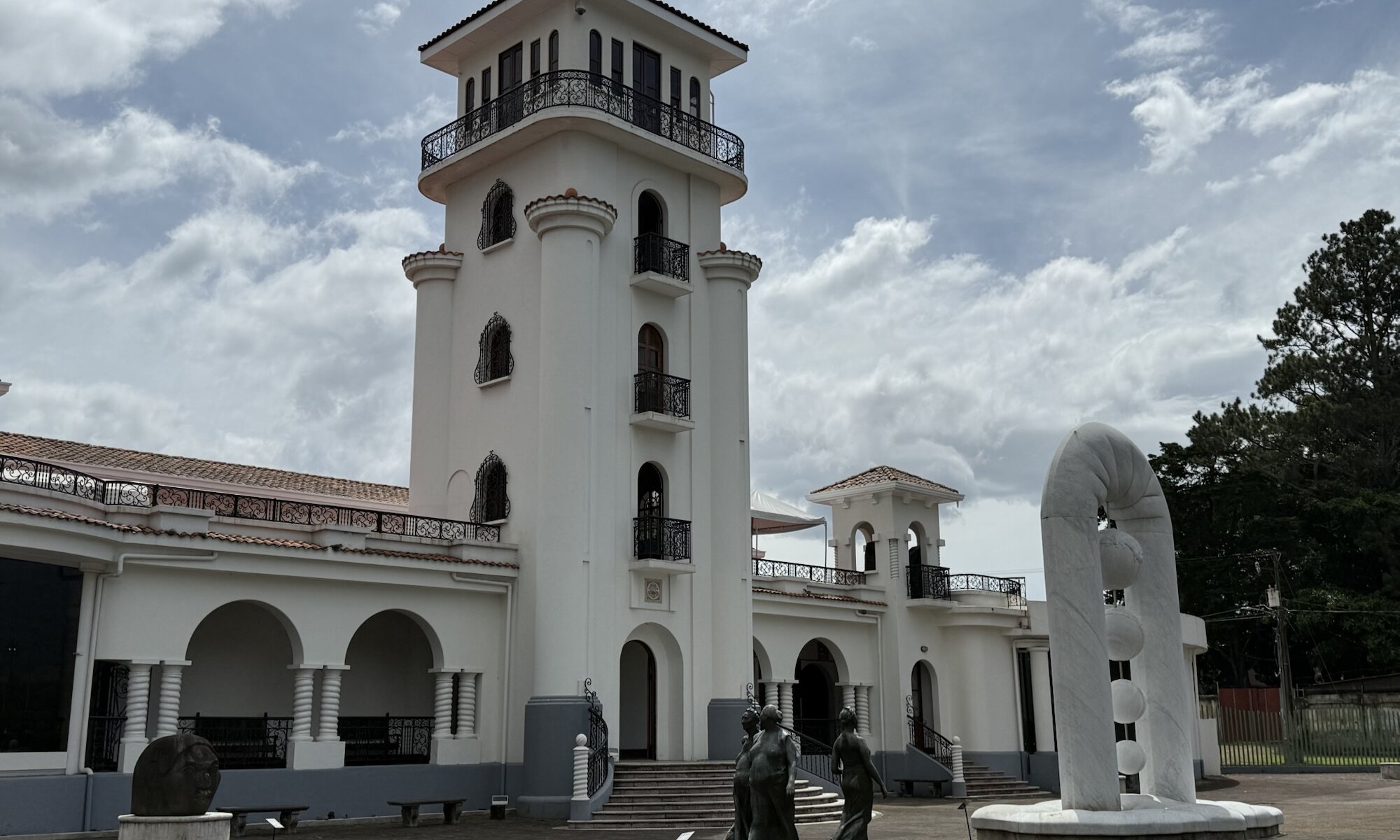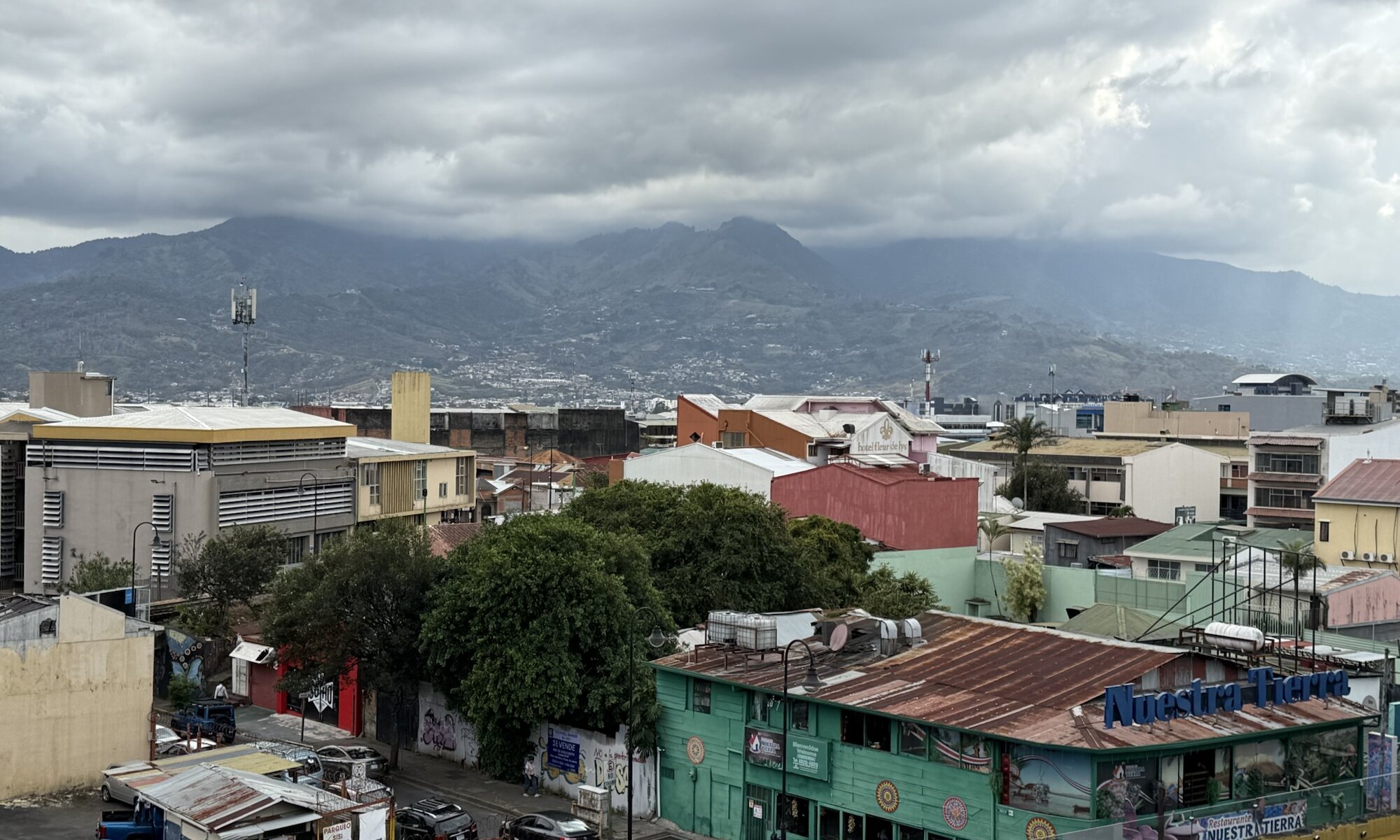The Palacio Nacional in Managua, Nicaragua, stands as a testament to the country’s rich history and cultural heritage. Originally commissioned by President Juan Bautista Sacasa in 1935 and designed by architect Pablo Dambach, this neoclassical edifice has witnessed significant events in Nicaragua’s past. Today, it houses the National Museum, offering visitors a comprehensive journey through the nation’s history and artistic achievements.
Continue reading “Palacio Nacional”Las Isletas
The Isletas de Granada, a group of 365 small islands scattered in Lago Cocibolca near the city of Granada, were formed thousands of years ago when the Mombacho volcano erupted, ejecting massive amounts of rock and debris into the lake. Today, these islets serve various purposes, from private residences and vacation homes to hotels and eco-tourism destinations. Visitors can explore the lush vegetation, observe diverse wildlife, and enjoy stunning views of the surrounding landscape, including the imposing Mombacho volcano.
Continue reading “Las Isletas”Mombacho
Volcán Mombacho, the iconic house mountain of Granada, Nicaragua, stands as a majestic natural landmark just 7 kilometers from the city. Visitors can easily reach the base station by bus or rental car, where they are greeted with an exciting adventure up the steep volcano. At scheduled times, published on the official website, tourists are transported up the mountain in trucks or pick-ups. This unique mode of transportation often provides Europeans with a thrilling and unfamiliar experience of riding in the loading area of a pick-up truck, adding an element of excitement to the journey.
Continue reading “Mombacho”Playas del Coco
Coco (or Playas del Coco) is a charming coastal town in Costa Rica‘s Guanacaste province. Unlike many popular tourist destinations, Playas del Coco remains relatively uncrowded, offering visitors a more relaxed and authentic experience. The beach itself is not the most picturesque, but its tranquil atmosphere and calm waters make it an ideal spot for those seeking a laid-back beach vibe. The beachfront promenade features a variety of amenities, including local vendors selling coconuts, adding to the casual charm of the area. Despite its understated appeal, Playas del Coco is well-equipped for both relaxation and adventure.
Continue reading “Playas del Coco”Termalitas
In for some hot springs? The Termalitas del Arenal in La Fortuna offer a unique outdoor bathing experience with multiple pools of varying temperatures. Visitors can enjoy everything from ice-cold plunge pools to steaming hot springs reaching up to 42 or 50 degrees Celsius. The facility also features two exhilarating water slides and a sauna, though the latter differs from traditional European saunas in its atmosphere and intensity.
Continue reading “Termalitas”Arenal
Volcán Arenal, an iconic stratovolcano in Costa Rica, dominates the landscape near the town of La Fortuna. Standing at 1,633 meters, this once highly active volcano has been in a resting phase since 2010 but remains a breathtaking sight and a major draw for tourists. La Fortuna itself is a small, relatively unremarkable town that serves primarily as a base for exploring the surrounding natural wonders. While the town offers basic amenities and accommodations, visitors typically spend little time there, instead focusing on the numerous outdoor activities in the area.
Continue reading “Arenal”Sloths
Sloths are fascinating creatures known for their slow-moving lifestyle and unique adaptations to life in the treetops. These arboreal mammals spend most of their time hanging upside down from branches, using their long claws to grip tightly onto tree limbs. Sloths have an incredibly slow metabolism, which allows them to conserve energy and move at a leisurely pace. They sleep for up to 20 hours a day and only descend to the forest floor about once a week to defecate. Their diet consists mainly of leaves, buds, and occasionally fruits, which they digest slowly over the course of several days.
Continue reading “Sloths”Poás
Parque Nacional Volcán Poás is a wonderful natural attraction in Costa Rica, featuring one of the world’s largest active volcano craters. To visit the volcano itself, visitors must book a timeslot in advance online, as access is carefully regulated to protect both the environment and visitors’ safety. This system ensures a more organized and less crowded experience while exploring the otherworldly landscape of the crater and its surrounding areas.
Continue reading “Poás”La Sabana
The Museo de Arte Costarricense, located in San José, Costa Rica, is a significant cultural institution that opened its doors in 1978. The museum is housed in the former terminal building of La Sabana International Airport, which operated from 1940 to 1974. This unique setting adds historical value to the museum, as it preserves the architectural heritage of Costa Rica while showcasing a diverse collection of over 6,000 artworks spanning from the mid-19th century to the present day.
Continue reading “La Sabana”Pura vida
San José, the capital of Costa Rica, has a rich history dating back to its founding in 1737. Originally a small settlement, it became the capital in 1821 after Costa Rica gained independence from Spain. The city grew significantly in the 19th century, fueled by the prosperity of coffee barons who built many fine buildings. Today, San José is a vibrant capital city that seamlessly blends its historical charm with modern urban life.
Continue reading “Pura vida”